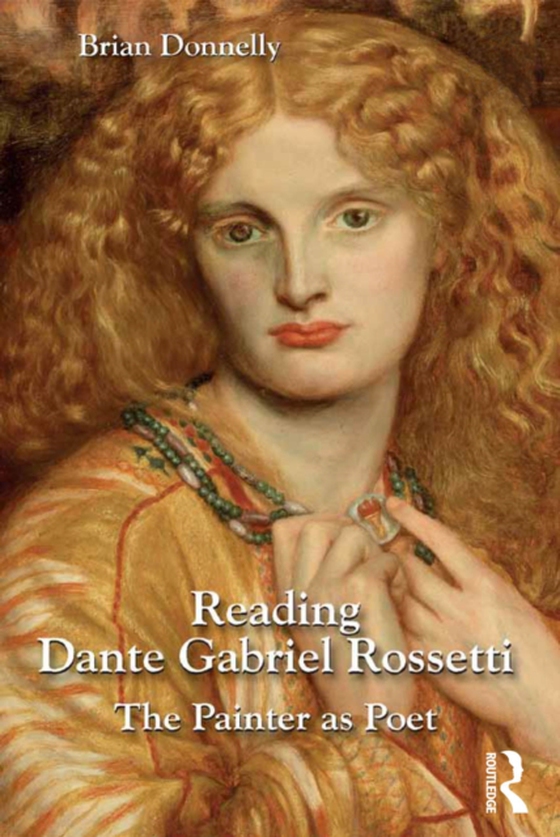
Reading Dante Gabriel Rossetti e-bog
348,37 DKK
(inkl. moms 435,46 DKK)
A revolutionary figure throughout his career, Dante Gabriel Rossetti's work provides a distinctly revolutionary lens through which the Victorian period can be viewed. Suggesting that Rossetti's work should be approached through his poetry, Brian Donnelly argues that it is both inscribed by and inscribes the development of verbal as well as visual culture in the Victorian era. In his discussions...
E-bog
348,37 DKK
Forlag
Routledge
Udgivet
3 marts 2016
Længde
204 sider
Genrer
The arts: general topics
Sprog
English
Format
pdf
Beskyttelse
LCP
ISBN
9781317071266
A revolutionary figure throughout his career, Dante Gabriel Rossetti's work provides a distinctly revolutionary lens through which the Victorian period can be viewed. Suggesting that Rossetti's work should be approached through his poetry, Brian Donnelly argues that it is both inscribed by and inscribes the development of verbal as well as visual culture in the Victorian era. In his discussions of modernity, aestheticism, and material culture, he identifies Rossetti as a central figure who helped define the terms through which we approach the cultural productions of this period. Donnelly begins by articulating a method for reading Rossetti's poetry that highlights the intertextual relations within and between the poetry and paintings. His interpretations of such poems as the 'Mary's Girlhood' sonnets, the sonnet sequence The House of Life, and 'The Orchard-Pit' in relationship to paintings such as The Girlhood of Mary Virgin and Ecce Ancilla Domini! shed light on Victorian ideals of femininity, on consumer culture, and on the role of gender hierarchies in Victorian culture. Situating Rossetti's poetry as the key to all of his work, Donnelly also makes a case for its centrality in its representation of the dominant discourses of the late Victorian period: faith, sex, consumption, death, and the nature of representation itself.
 Dansk
Dansk

